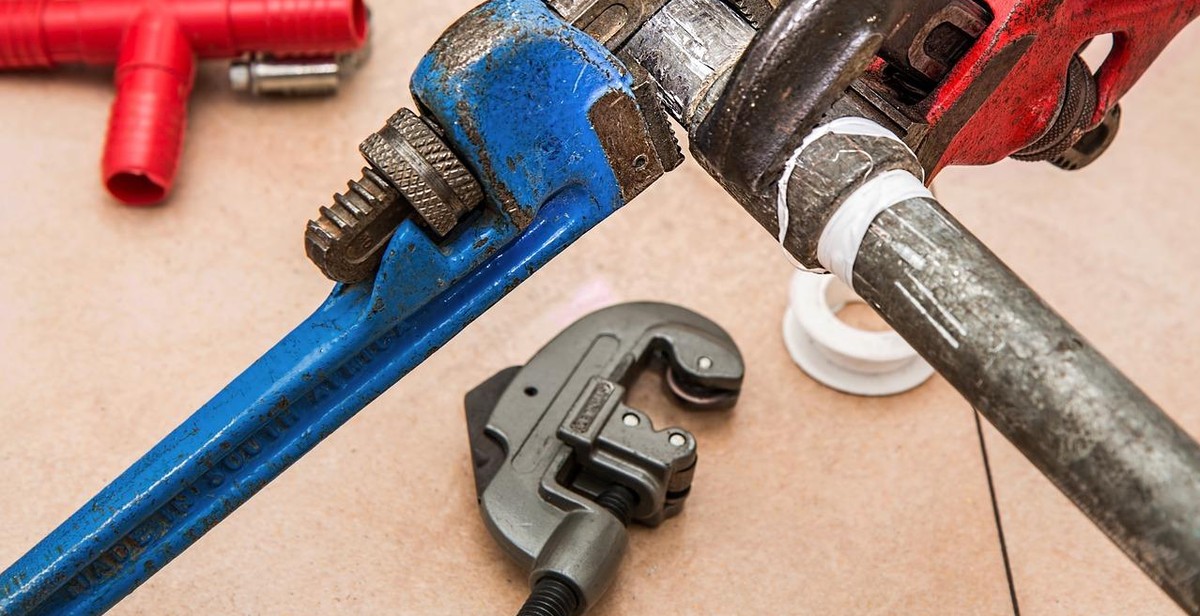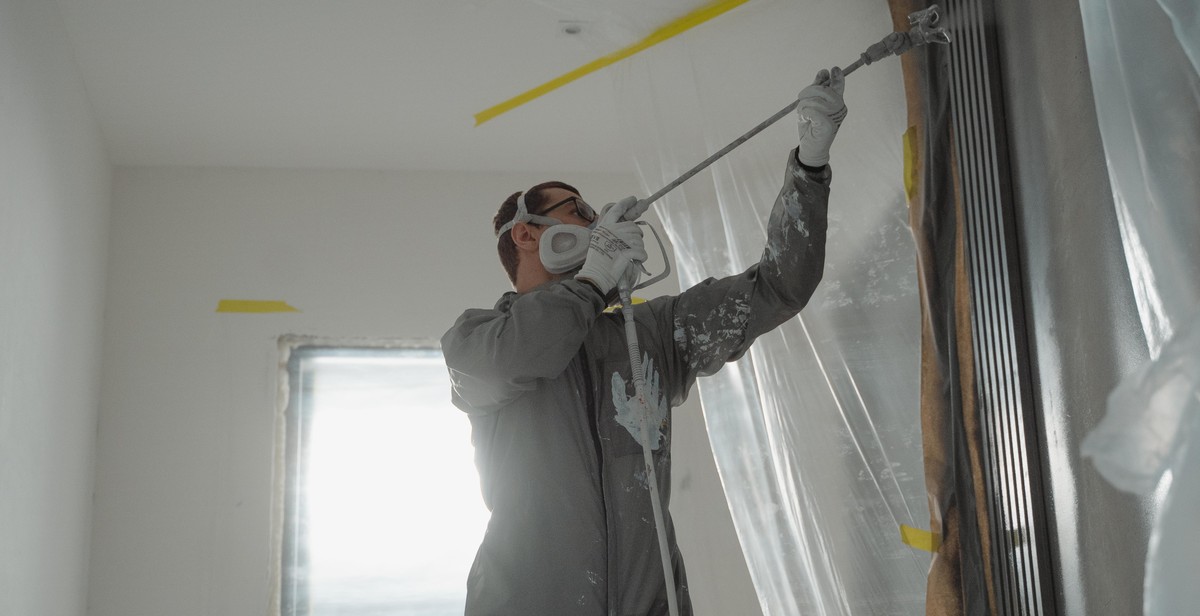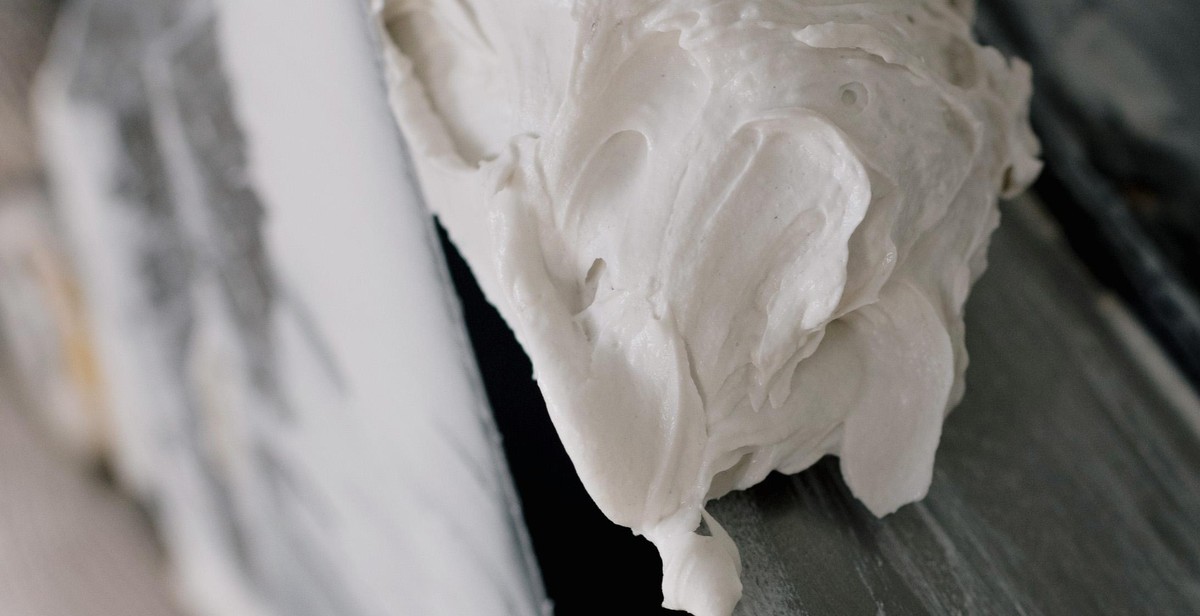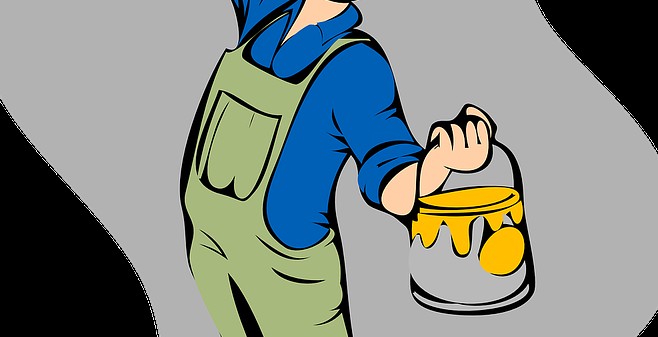How to Become an Expert in Home DIY Projects
Do-it-yourself (DIY) projects have become increasingly popular in recent years, especially in the home improvement space. The satisfaction of completing a project on your own, saving money, and personalizing your living space are just a few reasons why people are taking on DIY projects. However, starting a DIY project can be daunting, and knowing where to begin can be overwhelming.
In this article, we will provide you with tips and tricks on how to become an expert in home DIY projects. Whether you are a beginner or have some experience under your belt, this guide will help you to develop the skills and knowledge you need to tackle any home improvement project.
Why Learn Home DIY?
Learning home DIY skills can be incredibly beneficial. Not only can you save money and increase the value of your home, but you can also gain a sense of accomplishment and pride in your work. Additionally, DIY skills can come in handy in emergency situations, such as a broken pipe or a power outage.
What You Will Learn
In this article, we will cover the following topics:
- The benefits of learning home DIY
- How to plan for a DIY project
- Tools and materials needed for DIY projects
- DIY project ideas for beginners
- Advanced DIY project ideas
- How to troubleshoot common DIY problems
By the end of this article, you will have the knowledge and confidence to tackle any home DIY project that comes your way.

Benefits of Home DIY Projects
Home DIY projects are becoming increasingly popular as more people discover the benefits of taking on home improvement projects themselves. Here are some of the key benefits of home DIY projects:
Cost Savings
One of the main benefits of home DIY projects is the cost savings they offer. By doing the work yourself, you can save a significant amount of money on labor costs. Additionally, you can often save money on materials by shopping around and finding the best deals. This can make even large-scale home improvement projects much more affordable.
Increased Home Value
Another benefit of home DIY projects is that they can increase the value of your home. By making improvements yourself, you can ensure that the work is done to your standards, and you can choose materials and designs that will add value to your home. This can make your home more attractive to potential buyers if you decide to sell in the future.
Personal Satisfaction
Finally, home DIY projects offer a great deal of personal satisfaction. There’s something incredibly rewarding about completing a project yourself and seeing the results of your hard work. Whether you’re a seasoned DIY pro or a beginner, taking on a home improvement project can be a great way to challenge yourself and learn new skills.
Overall, home DIY projects offer a range of benefits, from cost savings to personal satisfaction. Whether you’re looking to improve your home’s value or simply want to take on a new challenge, there are plenty of reasons to consider tackling a DIY project.

Getting Started with Home DIY Projects
Home DIY projects can be a fun and rewarding way to improve your living space while also saving money. However, it can be overwhelming to know where to start. Here are some tips to help you get started:
Invest in Quality Tools
Before you begin any DIY project, it’s important to invest in quality tools. This will not only make your projects easier, but it will also ensure that your finished product is of high quality. Some essential tools to have include a hammer, screwdriver set, power drill, level, and measuring tape. Consider purchasing tools from reputable brands and always follow manufacturer instructions for use and maintenance.
Start with Small Projects
It’s important to start with small projects to build your confidence and skills. Simple projects like painting a room, replacing cabinet hardware, or installing a new light fixture are great places to start. As you gain experience, you can move on to more complex projects.
Research and Plan Your Projects
Research your project thoroughly before beginning. Watch tutorials, read articles, and consult with experts if necessary. Once you have a good understanding of the project, create a plan and gather all necessary materials before beginning. This will save you time and ensure that the project goes smoothly.
Take Safety Precautions
Safety should always be a top priority when undertaking any DIY project. Make sure to wear appropriate protective gear such as goggles, gloves, and a dust mask. Take necessary precautions when working with power tools and always follow instructions carefully.
- Invest in quality tools
- Start with small projects
- Research and plan your projects
- Take safety precautions
By following these tips, you can successfully start your journey towards becoming an expert in home DIY projects.

Learning Home DIY Skills
Learning home DIY skills is easier than ever with the abundance of resources available online, in books and magazines, as well as through workshops and classes.
Online Tutorials and Videos
Online tutorials and videos are among the most popular ways to learn home DIY skills. There are numerous websites and YouTube channels dedicated to providing step-by-step instructions for various home improvement projects. Some of the most popular include:
- DIY Network
- This Old House
- Bob Vila
- HGTV
These websites and channels offer a wealth of information on a wide range of topics, from basic home repairs and maintenance to more advanced projects, such as building furniture or remodeling a kitchen.
Books and Magazines
Books and magazines are another great resource for learning home DIY skills. There are countless titles available on topics ranging from basic home repairs to advanced woodworking and construction techniques. Some popular titles include:
- The Family Handyman
- Popular Mechanics
- Black & Decker The Complete Photo Guide to Home Repair
- Home Improvement 1-2-3
These resources not only provide step-by-step instructions but also include helpful illustrations and photographs to guide readers through the process.
Workshops and Classes
For those who prefer a more hands-on approach, workshops and classes are a great way to learn home DIY skills. Many home improvement stores offer free or low-cost classes on topics such as painting, tiling, and basic plumbing. There are also specialty workshops available for more advanced topics, such as woodworking or electrical work.
Local community centers and colleges also offer classes and workshops on home DIY skills. These classes may be more in-depth and cover a wider range of topics, making them a great option for those who want to become experts in home DIY projects.

Common Home DIY Projects
Learning how to become an expert in home DIY projects can be a daunting task, especially if you don’t know where to start. However, with the right tools and knowledge, it can be an enjoyable and rewarding experience. Here are some common home DIY projects that you can start with:
Painting and Wallpapering
Painting and wallpapering are great ways to give a room a fresh new look without spending a lot of money. Before you begin, make sure to prepare the surface properly by cleaning and sanding it. Then, choose the right paint or wallpaper for the job and follow the instructions carefully. Don’t forget to protect your floors and furniture with drop cloths and tape.
Flooring Installation
Installing new flooring can be a bit more challenging, but it’s still a DIY project that you can tackle. Whether you’re laying down hardwood, tile, or laminate flooring, make sure to measure the area accurately and prepare the subfloor properly. You’ll also need the right tools, such as a saw, a hammer, and a level.
Basic Plumbing and Electrical Work
Basic plumbing and electrical work can save you a lot of money in the long run. However, it’s important to know your limits and not attempt anything too complicated or dangerous. Some simple tasks you can do include fixing a leaky faucet, replacing a light fixture, or installing a ceiling fan. Always turn off the power or water supply before you begin.
Furniture Assembly and Repairs
Assembling furniture can be frustrating, but it’s a DIY project that can save you money and give you a sense of accomplishment. Make sure to read the instructions carefully and use the right tools. If you have old furniture that needs repairs, such as a loose leg or a broken drawer, don’t throw it away. With a little bit of glue and some screws, you can fix it yourself.
These are just a few examples of common home DIY projects that you can try. Remember to start small, be patient, and don’t be afraid to ask for help if you need it.

Troubleshooting Home DIY Problems
As you begin to tackle home DIY projects, it’s important to know how to identify and fix mistakes that may arise. Here are some common problems and solutions:
Problem: Uneven paint finish
If your paint job has streaks or uneven coverage, try sanding down the surface and applying a second coat of paint. Make sure to use a high-quality paint brush or roller to ensure a smooth finish.
Problem: Loose screws or nails
If screws or nails have become loose, remove them and replace with a larger size or a different type of fastener. If the hole has become stripped, fill it with wood filler before inserting the new fastener.
Problem: Plumbing leaks
If you notice a leak in your plumbing, turn off the water supply and assess the damage. In some cases, a simple tightening of a connection may solve the problem. For larger leaks or more complex issues, it’s best to call in a professional plumber.
Knowing When to Call in a Professional
While DIY projects can be fun and rewarding, it’s important to know when to call in a professional. Here are some situations where it’s best to seek expert help:
- Electrical work
- Structural changes to your home
- Roof repairs
- Major plumbing issues
- Asbestos removal
Attempting these types of projects without proper knowledge and experience can be dangerous and costly. Always prioritize your safety and the safety of your home.

Conclusion
Learning home DIY projects can be a fulfilling and cost-effective way to improve your living space. By following the tips and steps outlined in this article, you can become an expert in various home DIY projects. Remember that practice makes perfect, so don’t be afraid to make mistakes and learn from them.
Key Takeaways
- Start with simple DIY projects and gradually move on to more complex ones.
- Invest in high-quality tools and materials to ensure the best results.
- Take the time to research and plan your projects before starting.
- Stay safe by wearing protective gear and following safety guidelines.
- Join a DIY community or take a course to learn from others and improve your skills.
Benefits of DIY Projects
Aside from the satisfaction of completing a project on your own, there are many benefits to learning home DIY projects. Some of these include:
- Saving money on home repairs and improvements.
- Increasing the value of your home.
- Developing new skills and knowledge.
- Boosting your confidence and creativity.
- Creating a sense of pride in your home and accomplishments.
| Remember: | Learning home DIY projects takes time, patience, and practice. But with the right mindset and tools, anyone can become an expert in DIY home projects. |
|---|
